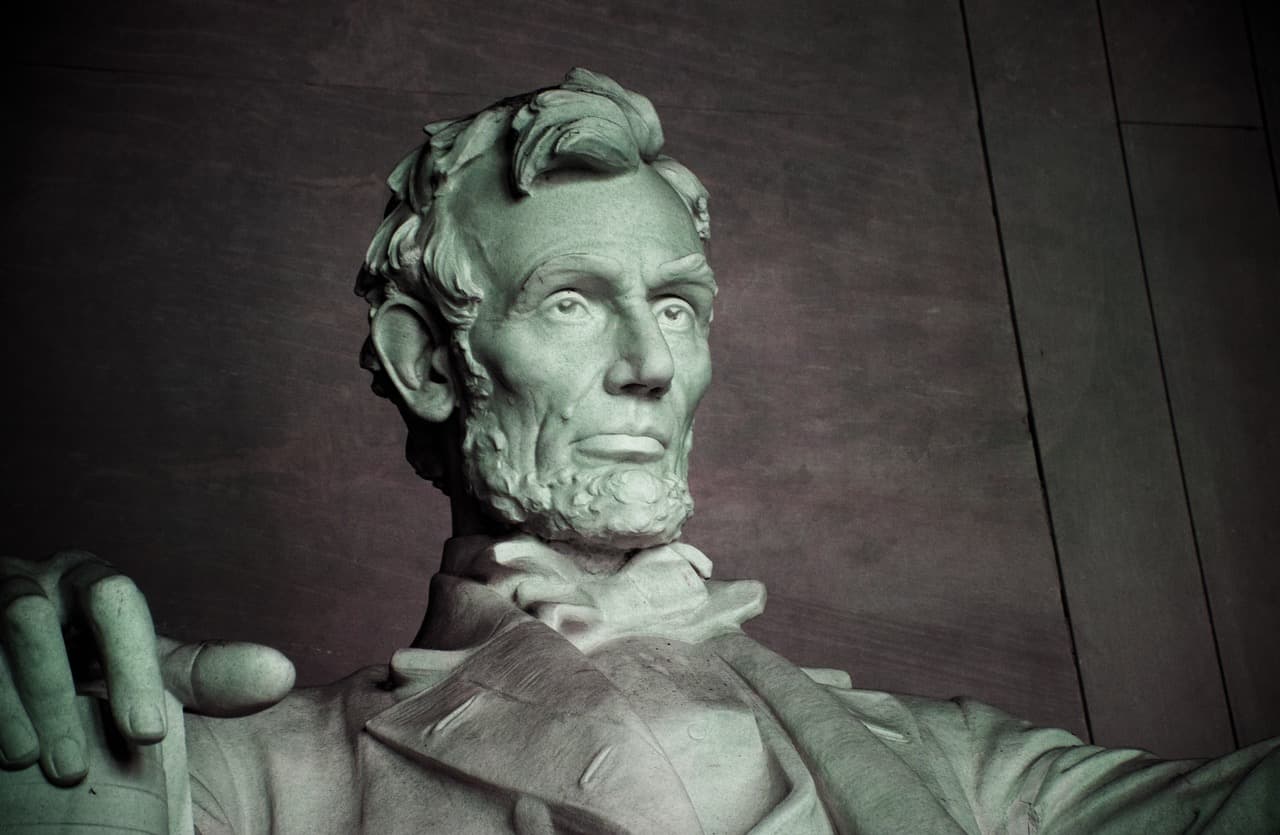
Branding Insights from Davy Crockett
By Jared Peatman
Published on March 20, 2018
One of the main characters in our Transformational Journey from the Alamo is, of course, Davy Crockett. Like so many American heroes, much of what we think we know about Crockett is not based in fact but rather consists of stories created over the years in order to "sell" something.
The Hollywood Version vs. Reality
For example, both the Walt Disney/Fess Parker TV show turned movie from the 1950s and the iconic Alamo John Wayne movie of 1960 tied into the then-raging Cold War by showing Crockett was willing to go anywhere to defend democracy and fight the good fight.
History suggests otherwise. Crockett, defeated for reelection to Congress and financially broke, was looking for new opportunities. Enlisting in the Texas militia was a requirement before he could receive the free 4,428 acres offered all new settlers. The day of his enlistment, January 9, 1836, he wrote home to his relatives "every man is entitled to his head right of 400-428 acres… I would be glad to see every friend I have settled there… I am in hopes of making a fortune yet for myself and my family bad as my prospect has been."
The Power of Organizational Mythology
This anecdote makes two related points. First, years later we often "remember" alternate motivations for ourselves and our ancestors than actually existed at the time. Second, the stories we tell ourselves about the past serve particular functions.
Critical Questions for Leaders
What stories does your organization tell about itself, and what is the function of those stories?
Every organization has its founding myths, heroic narratives, and cultural stories. These aren't necessarily false, but they're often simplified, romanticized, or emphasized in ways that serve current purposes rather than historical accuracy.
The Functions of Organizational Stories
Consider how stories in your organization might serve these functions:
1. Identity Formation
- Who we are - Stories that define organizational character and values
- What we stand for - Narratives that clarify mission and purpose
- How we're different - Tales that distinguish you from competitors
2. Motivation and Inspiration
- Overcoming adversity - Stories of past challenges successfully navigated
- Innovation and breakthrough - Narratives of creative problem-solving
- Customer impact - Tales of meaningful difference made in people's lives
3. Recruitment and Retention
- Attracting talent - Stories that appeal to desired employees
- Cultural onboarding - Narratives that help new hires understand "how we do things"
- Loyalty building - Tales that create emotional connection to the organization
4. External Positioning
- Market credibility - Stories that establish expertise and reliability
- Brand differentiation - Narratives that highlight unique value
- Stakeholder confidence - Tales that reassure investors, customers, partners
The Crockett Lessons for Modern Organizations
Be Honest About Mixed Motives
Crockett wasn't purely altruistic—he needed money and land. Similarly, most organizational decisions involve multiple motivations: profit and purpose, growth and service, innovation and stability. Acknowledging this complexity makes your stories more authentic and relatable.
Understand Your Story's Purpose
The Hollywood versions of Crockett served Cold War propaganda needs. What needs do your organizational stories serve? Are they:
- Inspiring employees during difficult times?
- Attracting customers in a competitive market?
- Reassuring stakeholders about your direction?
- Building pride and cohesion within teams?
Evolve Stories Appropriately
As contexts change, the emphasis and interpretation of stories can shift. The key is being intentional about this evolution rather than letting it happen unconsciously.
Questions for Reflection
For your organization's stories, consider:
-
What are the foundational stories we tell about our origins, key moments, and defining characteristics?
-
What functions do these stories serve? Do they inspire, recruit, differentiate, or unify?
-
How accurate are these stories? Where might we be emphasizing certain aspects while downplaying others?
-
What alternative versions of our story exist, and what would they emphasize differently?
-
Are our stories serving us well in our current context and goals?
-
What new stories might we need to develop as we grow and change?
The Balance of Truth and Function
The goal isn't to eliminate all organizational mythology—stories serve important functions in building culture, motivation, and identity. But like the Crockett example shows us, it's valuable to periodically examine:
- What we're emphasizing and why
- What we might be overlooking or minimizing
- How our stories serve current needs rather than just historical accuracy
- Whether our narratives still align with our values and goals
Conclusion
Davy Crockett's story reminds us that all organizational narratives are constructed for purposes beyond simple historical record-keeping. The question isn't whether your stories are perfectly accurate, but whether they're serving the right functions and whether you're being intentional about how you tell them.
What stories is your organization telling, and what work are those stories doing for you?




